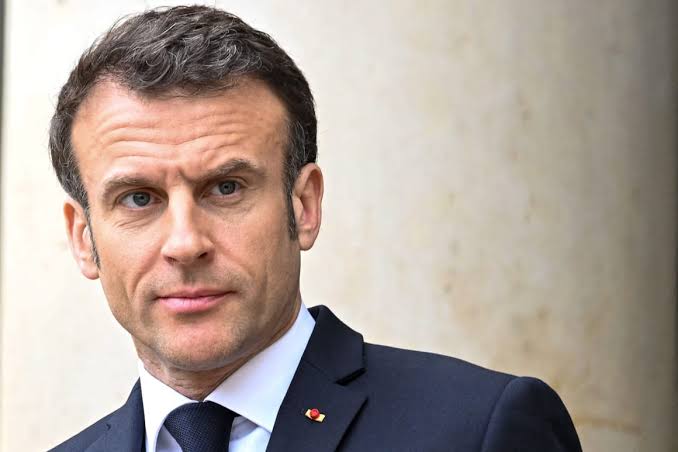As it races to profit on its new connection with Iran, Saudi Arabia has persuaded the key parties in the Yemeni coalition government to agree.
To a minimum eight-month ceasefire with Houthi rebels in conjunction with talks on the country’s future that might take up to two years.
Leaders from Saudi Arabia and the Houthis met for the first time in the open on Sunday in the Houthi-held city of Sana’a, with the Saudis eager to reduce their losses.
Following an unsuccessful eight-year operation that began with bombings in 2015. Additionally present were mediators from Oman.
According to Hans Grundberg, the UN’s representative in Yemen, this is the closest Yemen has been to peace since hostilities began.
However, excitement is dimmed by the probability of disagreements over the delegations to any peace negotiations, concerns about the Houthi’s dependability, and aspirations for a breakaway state from Yemen’s south.
One of the main possible advantages for Riyadh in repairing relations with Tehran was largely considered as a way to a truce in Yemen.
There Iran has been supporting the Houthi rebels headquartered in the north of the nation, but few expected such swift progress.
One of Saudi Arabia’s first objectives was to persuade the internationally recognised Yemeni government, which is based in Aden.
That Riyadh was not deserting them and that years of fighting would not end with an effective surrender.
The Yemeni government has been presented with a draught agreement that calls for a six-month ceasefire in the first phase of negotiations to foster trust.
Followed by three months of negotiations on how to handle the transitional phase, which will last two years, during which time all parties will negotiate a final resolution.
A long-standing demand of the Houthis is that government-controlled oil and gas fields in regions under their control be used to pay for public personnel.
Port restrictions will be abolished, and merchandise will be permitted to enter Aden without first passing via Saudi Arabia.
Despite their concerns about the future, the Yemeni government’s factions may not have much of a choice except to accept the Saudi peace offer for the time being.
In addition to funding the Yemeni government, Saudi Arabia and the United Arab Emirates have made it extremely difficult for commodities to enter the nation, especially in ports that the Houthis control.
Riyadh played a key role in restructuring the government in Aden just a year ago, establishing the Presidential Leadership Council as a new entity.
Despite images showing the Saudi leadership meeting the Houthi high command in Sana’a on Sunday with just Omani middlemen present.
The Yemeni government insisted it had been contacted and denied feeling left out of the agreement.
“Yemen is the best place to demonstrate that Iran is abandoning its regional expansionist goals,” said Ahmad bin Mubarak, Yemen’s foreign minister.
Muammar al-Eryani, the Yemeni minister of information, hailed Saudi Arabia’s efforts to bring about total peace in his nation.
And expressed his “absolutely confident” view that Yemen will continue to have a significant position with the kingdom and its rulers.
The discussions will centre on all of the problems that have driven Yemen’s civil conflict since the Houthis took Sana’a.
Saudi Arabia started a conflict that its commanders hoped would end quickly in order to drive the Houthis out of Sana’a and defeat them.
It is hoped that the absence of any military or financial intervention by Iran, the United Arab Emirates, or Saudi Arabia will push the conflicting parties in Yemen to come to an agreement.
But there is no assurance as many Yemenis are hostile to the Houthis’ policies and ideology.
Assuring Saudi Arabia that the Houthis won’t resume their campaign of sending drones into the kingdom will necessitate establishing a buffer zone along the 800-mile border between the two countries.















